Andrew Poppy is the post-minimal composer who was part of the first wave of ZTT artists with FRANKIE GOES TO HOLLYWOOD and PROPAGANDA.
He began in music by playing bass in a progressive rock band before Bartok, Debussy, Cage, Feldman, Riley, Glass and Reich and musique concrète pointed to further possibilities. He studied music at Kingsway’s College and Goldsmiths College, London University, graduating in 1979, while attending a summer school with John Cage himself along the way.
Having been a member of minimalist ensemble THE LOST JOCKEY, Poppy signed to ZTT, releasing his first solo record ‘The Beating of Wings’ in 1985. His second album ‘Alphabed’ brought in a Fairlight, the first Akai samplers and vocals from Annette Peacock. Poppy also provided the orchestral arrangements on ERASURE’s ‘Two Ring Circus’ and to NITZER EBB’s ‘I Give To You’ from the ‘Ebbhead’ album.
In 2005, Poppy partnered up with Claudia Brücken for ‘Another Language’, a collection of cover versions using minimal instrumentation featuring songs by solo artists such as Kate Bush, Grace Jones, Marianne Faithful, David Bowie, Elvis Costello and Elvis Presley as well bands including RADIOHEAD, ASSOCIATES and THE PIXIES. That same year, a boxed set of all Poppy’s recordings for ZTT including an unreleased album ‘Under The Son’ was issued.
Poppy’s vast portfolio has also seen scores for theatre, opera, film, contemporary dance and art installations, but his latest project sees him adopt the Mister Poppy persona for an avant-garde vocal experiment entitled ‘JELLY’. “Jelly is like time. Jelly fits any mould. It resists the sentimentality of form” he says, “Jelly is a state of putrefaction before dust. Jelly is the most vulnerable of the body’s materials. You have to crack the nut of the protective skull to reach the meat of the jelly brain. Yum, so this is the seat of understanding and awareness. Yum! ‘I see’ is also ‘I hear you’, locating and judging the proximity of that other juicy presence. Yum!”
Andrew Poppy kindly talked with ELECRICITYCLUB.CO.UK about ‘JELLY’ and a lot more…
Your new album ‘JELLY’ is in 5 parts each around 12 minutes long, has the time duration got any specific significance?
Yes, I think there is something mysterious about 12. The 12 months of the year and the day is divided into two twelve-hour halves. It’s kind of arbitrary, so why does the midnight hour have such significance? It’s when we all turn into pumpkins. Cinderella must leave the ball. Everyone gets drunk on New Year’s Eve, we sing ‘Auld Lang Syne’ and kiss strangers. I wanted to have a way of chopping up a continuous hour of music into equal parts. There are lots of possibilities, but 5 x 12 minutes seemed suggestive. It’s a practical thing, an invisible grid that maybe takes on those mysterious powers through repetition.
You have used your voice prominently on this album, is this why you have introduced the Mister Poppy persona?
I just watched the series ‘Godless’. It’s a contemporary western. One of the main characters, who is both good and bad, is called Roy Good. He goes over to the bad side for a while but gradually makes his way back to the light. Then along the way, there comes a point when he understands what’s at stake and by chance his name gets changed to Mr Ward.
His new name protects him somehow. The narrative is more complex than that, but that’s the basic outline. I’m not hiding from something like Roy Good, but the composing and performing ‘selves’ are different.
For some reason, a number of my friends call me Mister Poppy. So, it’s a christening of sorts and because this is the first time I’ve made a completely vocal album where it’s all my voice. It’s been coming for while though and is there in the three records that precede ‘JELLY’, particularly ‘Hoarse Songs’ and ‘Shiny Floor Shiny Ceiling’.
There is this minimal bass and heavy sense of foreboding looming on the first two pieces ‘Tattoo / Copy Something That You Love’ and ‘Mister Post-Man / No More Fumbling In The Dark’? What’s happening there?
I think the bass sound absorbs some of the anxiety in the language somehow. Sounds are very absorbent. The gunpowder of a firework can be exciting as it cracks and splinters, but gunshots and explosions in real life are terrifying I’m sure.
At the beginning of ‘JELLY 1: Tattoo’, the speaking voice is trying to stop the tick of the clock. But then it changes. Is the speaker – me perhaps – being tattooed by you and also, are you being tattooed by me? There’s a mutual seduction. It has an erotic edge. The voice could be talking about a tattooing pact or a conversation or some sensuous love-making thing that’s happening over a long period of time between two friends or lovers. The sung part ends with the words “a letter to the one you love”. I’m hoping that it’s hopeful.
‘JELLY 2: Mister Post-Man / No More Fumbling In The Dark’ picks up on that idea of the messages that get sent and what we expect in the mail. The love letters and the disappointments in the messages you receive.
The first part of ‘There Is A Walk We Can Make’ could be like SUICIDE if it had been attached to a drum machine and arranged in a more synth-punk rock fashion… but what was the genesis of this track and how it developed?
All the’ JELLY’ electronic tracks were made a few years before the texts. I started by making five electronic pulses at different tempos / BPM. The pulse was divided into two, like the day, with an on-beat and off-beat. Like the bass drum hi-hat in dance music or the hocket technique in Louis Andriessen’s Hocketus.
Your SUICIDE idea is great. I should do it. I really like it when an artist does two versions of a song which aren’t remixes. THE BEATLES’ two versions of ‘Revolution’ are fascinating. And there are two versions of UNDERWORLD’s ‘Ring Road’. My connection with punk drum-machine music would be UNDERWORLD, particularly ‘Second Toughest In The Infants’ and LCD SOUNDSYSTEM. But they are not as minimal as SUICIDE and perhaps the vocals aren’t as sweet.
I go through periods of scribbling poems and phrases and prose-poem type things. They just come somehow. ‘There Is A Walk We Can Make’ was written in the middle of the night. I started remembering the first trip I made with Julia (Bardsley), my partner, and it spiralled off into exploring what it means to be in a different country. The different food and ways of doing things, attitudes to sensuality, love and violence.
I’ve just released a radio edit of ‘There is a Walk We Can Make’ with a video by Julia. It’s on YouTube and Bandcamp.
The synth solo on ‘A General Choosing / Feather in The Flames’ sounds like it might be about to break into Jean-Michel Jarre’s ‘Oxygene 5’? Is that a coincidence?
It’s a good connection but it wasn’t intended. I think Jean-Michel Jarre must have been influenced by Terry Riley’s 60s album ‘A Rainbow In Curved Air’. That’s what I hear in those keyboard lines and patterns. That album and Riley’s approach to repetition, improvisation and pattern making were an inspiration for me as well when I heard it in the very early 70s. I’ve performed Riley, Glass and Reich and in doing that I learnt a different way of composing. A different way from writing songs or sonatas.
The part you mention is a transition between the ‘A General Choosing’ spoken text and the sung ‘Feather In The Flames’ lyric. It’s played on a classic 60s instrument, the Wurlitzer 200 electric piano, that I bought in the 70s. It’s processed with an overdrive pedal, live, so it sounds much more electronic, especially in a reverb.
‘On The Back Of The Seat in Front of Me’ is a poem set to a piano mantra with a classically oriented interlude, what was the idea behind it?
The idea of the poem was a response to all the photographs on the inner sleeve of my first album, ‘The Beating of Wings’. I wrote the text for a staged-version of ‘The Beating of Wings’ that was presented at the Capstone Theatre, Liverpool in 2017.
Back in 1985, I carefully chose the photographs for the album because I wanted to suggest the connections and the spaces between writing something, the performing of it, the recording of it and the audience’s role in all that. So, the text starts off talking about what a vinyl record is as a physical thing. As the title suggests, with certain caveats, ‘The Beating of Wings’ album was some kind of “take-off” moment for me.
What I like about the piano on this track is that it connects with the piano on ‘Goodbye Mr G’ on my second album ‘Alphabed’. The piano floats in and out. It’s not really a solo. It could be a minimalist piano piece or a sample of one.
Is there a particular track from ‘JELLY’ which gives you the most satisfaction?
Dave Meegan made the final mixes. We talked about the details in a lot of depth. Sometimes the doubts I had were things that really needed attention and at other times, they were just a nervous self-consciousness. It’s a life saver working with someone you trust. Without it, some doubts escalate and start to unravel what you’ve made. In some ways it’s a creative thing. Tearing it down and starting again can be good. You get another piece. Other times you realise, much later, that the original version was OK.
But once it’s done and mastered and art-worked, it is what it is. Until… scratch, scratch, scratch, those doubts… Some moments on ‘There is a Walk We Can Make’ began to itch. That is until Philip Marshall, who designed the CD, told me it was his favourite track. So, finally, I could relax.
Actually, the whole project, as a complete thing, gives me the biggest buzz. It’s one piece in 5 parts. The co-ordinating of all the elements has its up and down moments. When I was working on ‘JELLY’, I saw an exhibition of large Rauschenberg paintings called ‘Nightshades & Phantoms’. They are a collage of photographic images screen-printed onto brushed aluminium. The way the images are buried in the material somehow gave me permission. I saw some analogue with what I was doing. I’m pleased with the way ‘JELLY’ sounds and flows, especially after the brilliant mastering by Stephan Mathieu.
Is making music more straightforward for you these days compared with back in the day? What are your favourite tools?
Maybe it is more straightforward now, in that I have accepted I like to do things in different ways. I’ve been restless from the beginning.
I like to start in a different place with each new project. I use pencil and paper to notate things, sometimes from the get-go. But sometimes, once the piece has been built in the studio, notation gives me a more detached perspective on the pitches and rhythms. So, near the end of making ‘JELLY’, when all the tracks and the vocals were done, I notated the vocals and made myself a score for each piece. The score helps me to move things around and to understand how the musical space is working.
Another tool is the studio. I want to let the technology into the creative game. Back in the day, the studio was a building with an engineer and a tape op / assistant and a technical department who fix things when they break. And in some studios, like Sarm West, a kitchen and a Jamaican chef who cooks the most amazing chicken, rice and plantain! The point is, now, the studio is a piece of software that you can even use on your phone, on the train. That’s definitely more straightforward.
I like being able to get up and go straight into my studio and pick up what I was doing the day before. It’s also a bit like getting up having coffee and going to the piano and playing stuff for a couple of hours. It may be a new piece I’m working on, or it may be doing stuff by other people. The last year or so I’ve been bashing through the Philip Glass piano etudes. They have such amazing energy. Like Jerry Lee Lewis or Barrel House. They’re actually quite bawdy. So, the piano is the original creative tool for me. I doodle around on the keyboard because notation can seem too complicated and takes me away from making a sound.
How do you think you have developed as an artist since your first two ZTT albums ‘The Beating Of Wings’ and ‘Alphabed (A Mystery Dance)’?
The question goes to the heart of it somehow. ‘JELLY’ is a small break-through moment. I’m feeling more comfortable with performance. I don’t have to think about identity. It’s out of my hands anyway.
I don’t have to decide between being a composer or playing the piano or singing or making a record. I can feel they are all legitimate because it’s what I’m doing.
Going back to the question about the name Mister Poppy – it’s a bit like the Portuguese poet Fernando Pessoa, who wrote under lots of different names and personas, each with a different style and values. One is a shepherd, one is a futurist. I think everyone has different voices and versions of themselves in the same skin.
So those two albums set up a kind of oscillation. ‘The Beating of Wings’ is mostly acoustic pieces with completely notated scores for me and other musicians to play, for example, ‘32 Frames For Amplified Orchestra’.
‘Alphabed’ is a studio record. The pieces are mapped out with notation in some kind of sketch or short score, with some notated parts for the singers and instrumentalists. But the orchestration and arrangement is made in the studio, with different keyboards and a sampler, by trying out different sounds and improvising.
In 2005, you released ‘Another Language’ with Claudia Brücken which comprised of minimally structured covers, have you discussed possibly doing a second volume?
It was a great project and developed very organically. We knew each other from working at Sarm West Studios at the same time in the 80s and were both on the bill for ‘The Value of Entertainment’ show in the West End. 15 or so years later we were chatting at a party and ‘Ruby Tuesday’ came on and we started talking about how interesting it would be to do a cover. We didn’t do that one in the end!
For me ‘Another Language’ connects to the arranging things I did in the 80s: PSYCHIC TV, NITZER EBB, BLACK and THE THE. But it probably connects most with the three arrangements I made for ERASURE, because I started with just the vocal line, and rebuilt the song from the inside. Which is what I did with ‘Another Language’. The original tracks by the original artists are perfect somehow. The only thing to do is to try and reinvent the song from another point of view. I’m very pleased when people ask about a second album. It’s a vote of confidence. We see each other socially but are both busy with our own projects at the moment.
You have ‘Ark Hive of A Live’ coming out at the start of 2023, what is the concept behind this collection?
If ‘JELLY’ is picking up a thread of ‘Alphabed’, with its vocal and electronic and multitrack studio processes, then ‘Ark Hive of A Live’ is echoing ‘The Beating of Wings’, with its collection of mostly acoustic instrumental concert pieces. All the pieces on ‘Ark Hive’ are live performances recorded straight to stereo. But it’s not really an album or even a box set. There is a folded sleeve containing the four CDs and a book with 128 pages of writing and images, all contained in an archival slipcase. The book part is quite substantial, with writing by me about the pieces as well as poems, prose-poems and reflections. There are four great pieces of commentary from Paul Morley, Leah Kardos, Rose English and Nik Bärtsch.
One of the touchstones for me, when I was talking with CJ at False Walls and the designer, David Caines, was a book by Moyra Davey called ‘Les Goddesses / Hemlock Forest’. Her work is an intriguing hybrid. She is a photographer and filmmaker who writes. Her book is full of photographs accompanied by writing that seems like a memoir and then a historical biography or documentary, that tips over into a review of something. The fragments swirl around. Reading the book, you bounce between the photographs and the writing.
There are many paths through the memory portal that is an archive. The ‘Ark Hive’ images of performance and performer portraits remember and suggest the diversity of ways music happens. So that, along with the writing and the recordings, some kind of hybrid experience emerges from the words, music and images. In some ways it’s what is happening all the time. Seeing and listening and reading all feed me at the same moment.
The movement between modes is the basic concept of the project and is captured in the two images of the title, the Ark and the Hive. It became a way of thinking about the archive. It’s collection of fragments. A collage.
What are your plans with regards future projects?
More performances and releases. I just did a CD launch event at Iklectik in London where I performed material from ‘JELLY’, ‘Hoarse Songs’, ‘Shiny Floor’, ‘Shiny Ceiling’, ‘Ark Hive’ and ‘The Beating of Wings’. There’s a Tape Worm event being planned by Philip Marshall and Travis Elborough for early in the new year. I’ll be involved in that. Venue TBA. And also a launch event for the ‘Ark Hive’ probably at the end of January.
ELECRICITYCLUB.CO.UK gives its sincerest thanks to Andrew Poppy
‘JELLY’ is released by Field Radio and available as a CD and download available from https://andrewpoppy.bandcamp.com/
https://www.facebook.com/profile.php?id=100063715171165
https://www.instagram.com/mr_poppy/
https://open.spotify.com/artist/0hxJWtLrN9a710B9TBPjsU
Text and Interview by Chi Ming Lai
6th December 2022

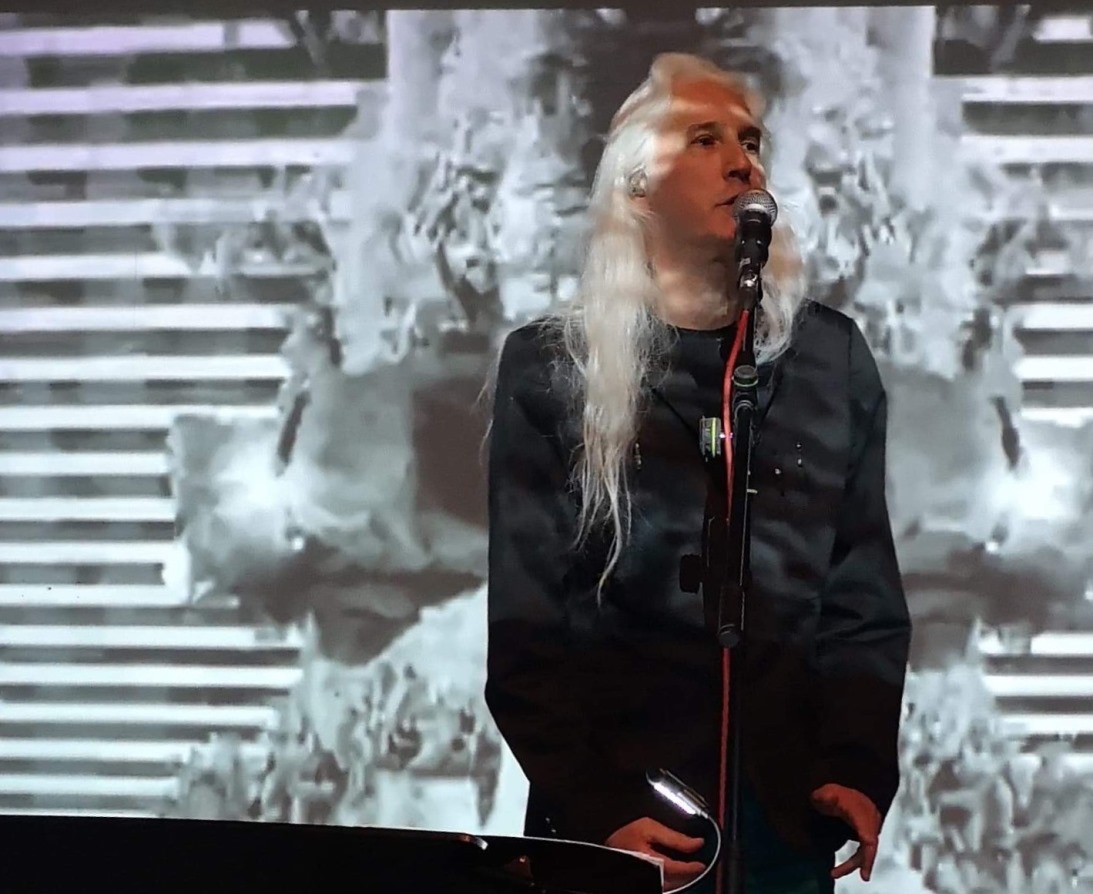
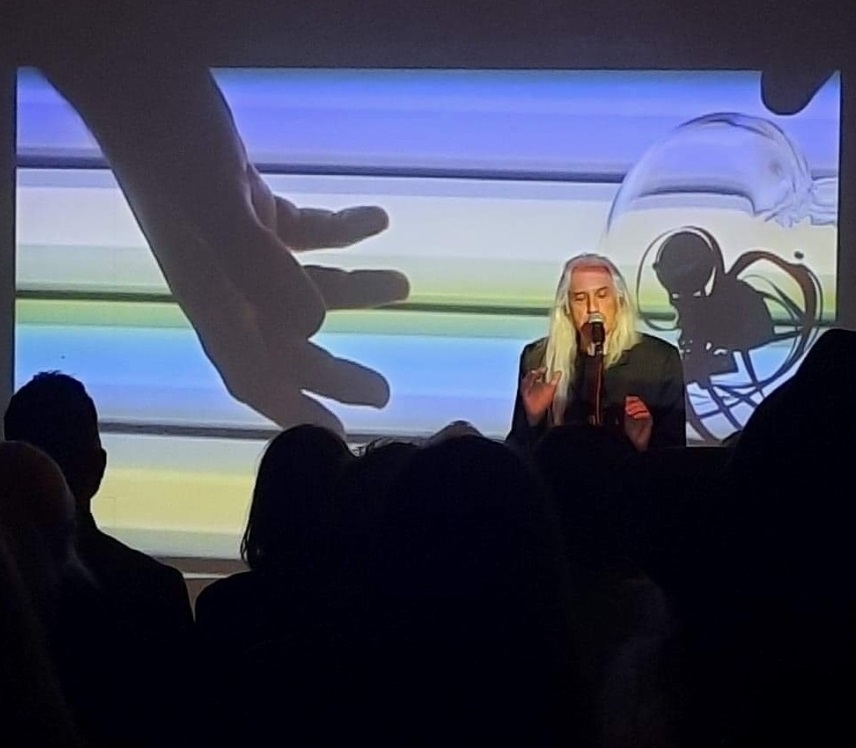
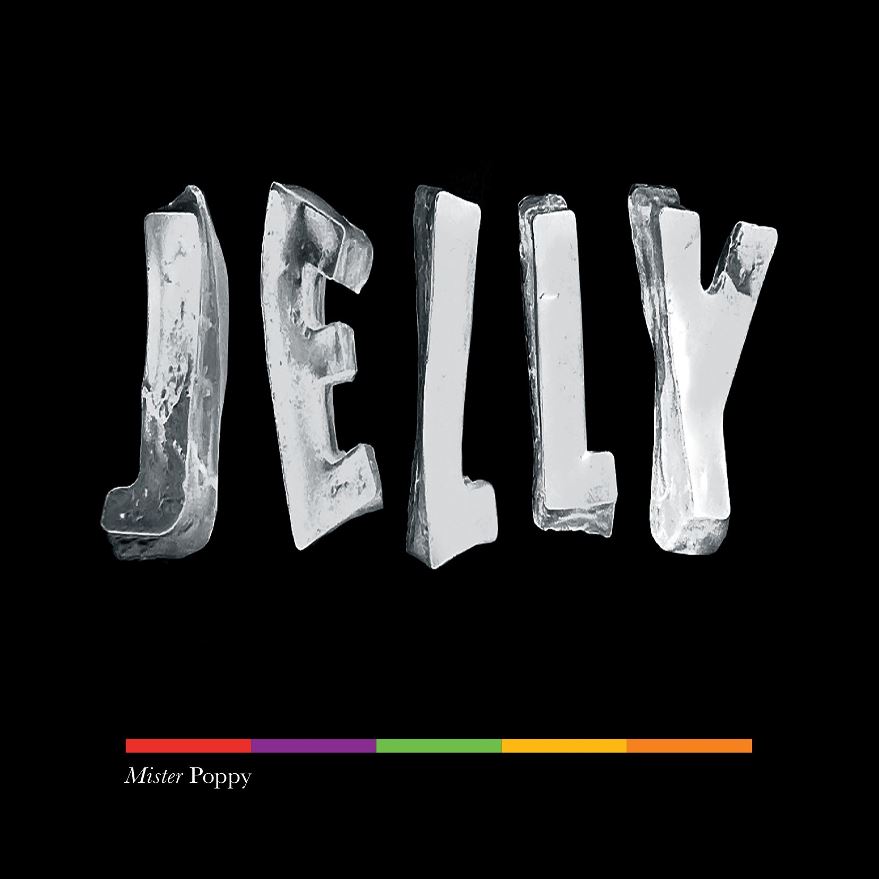
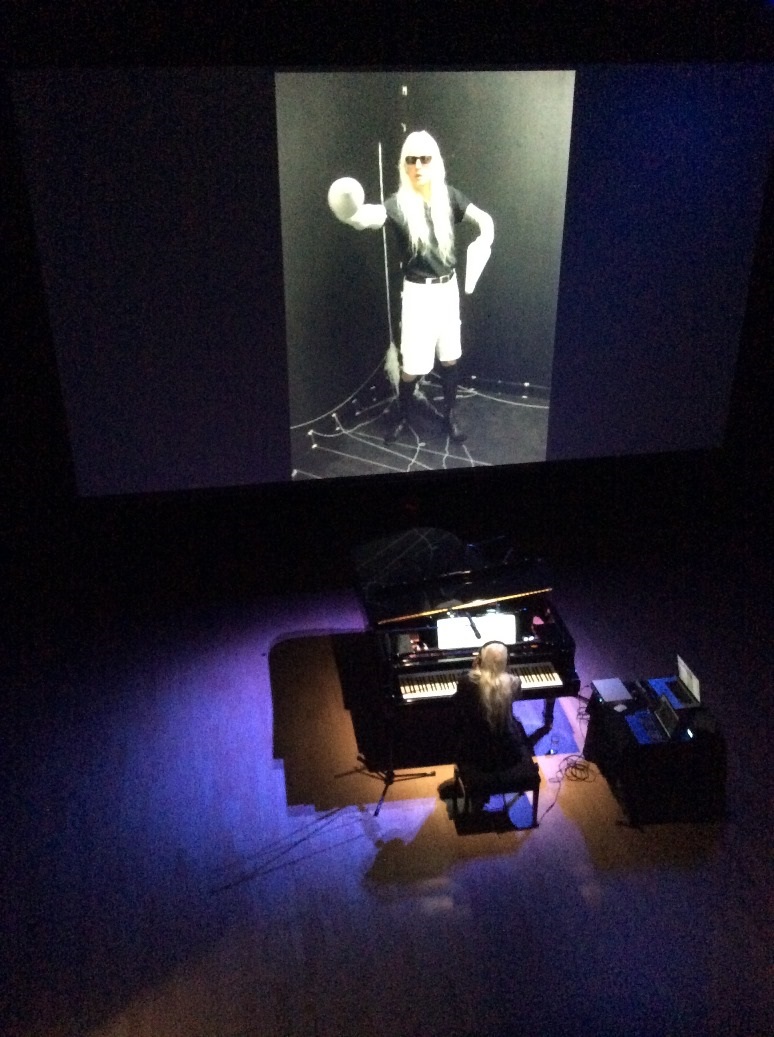
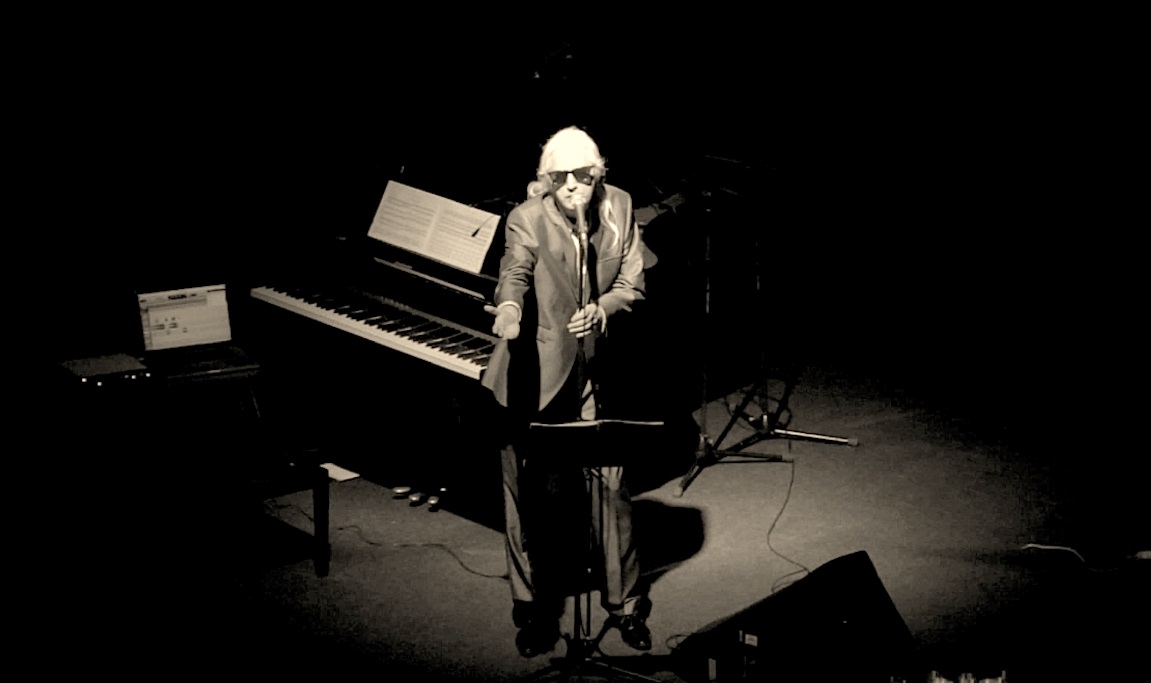
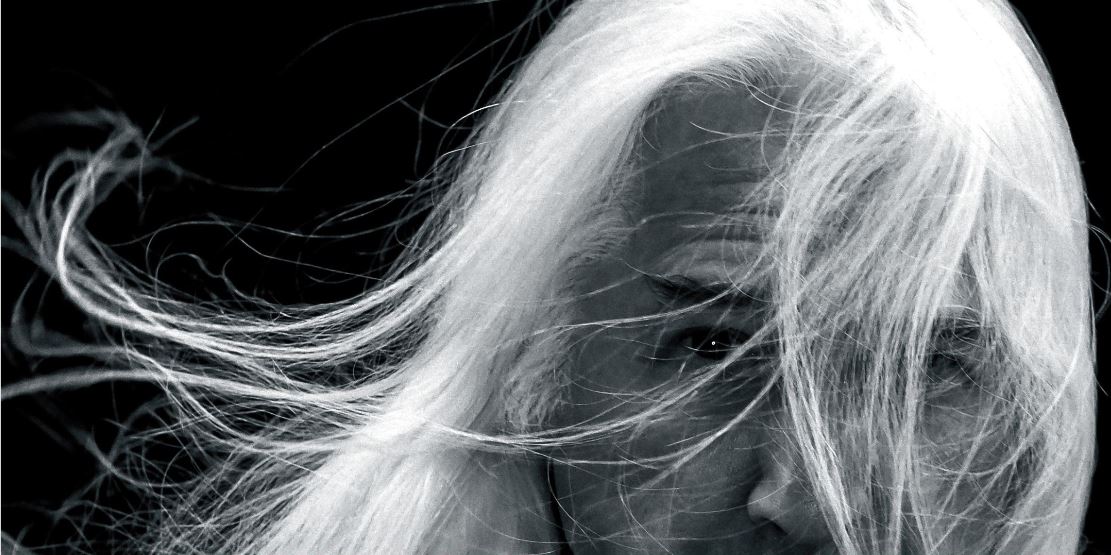
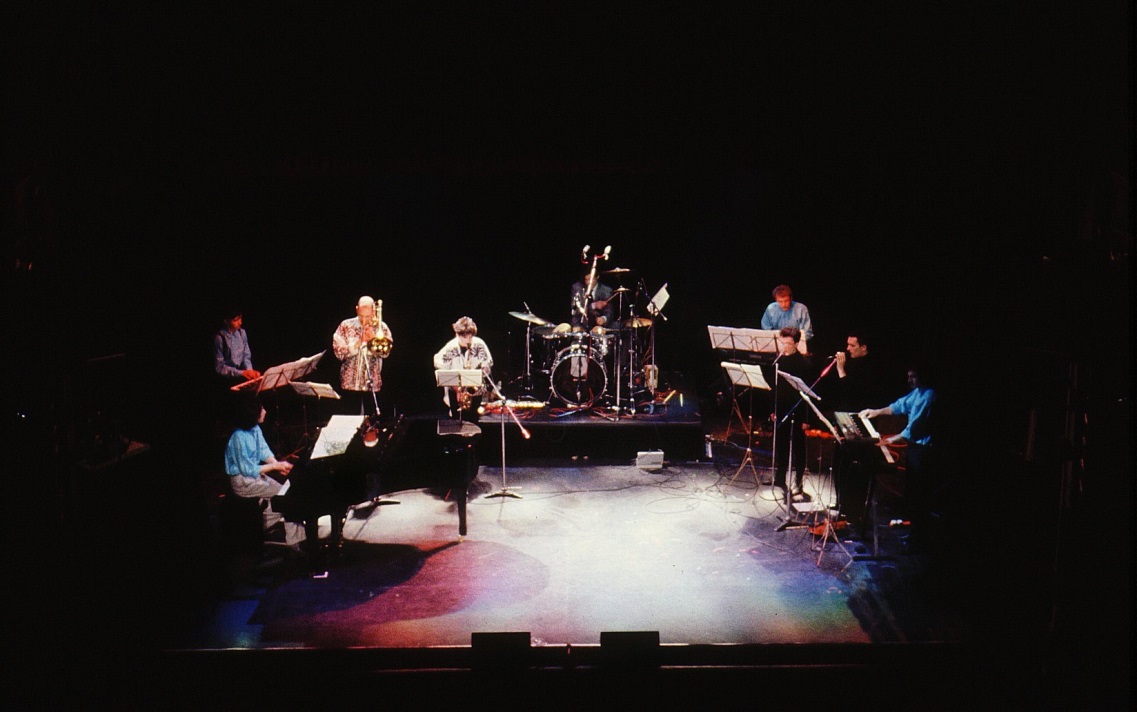
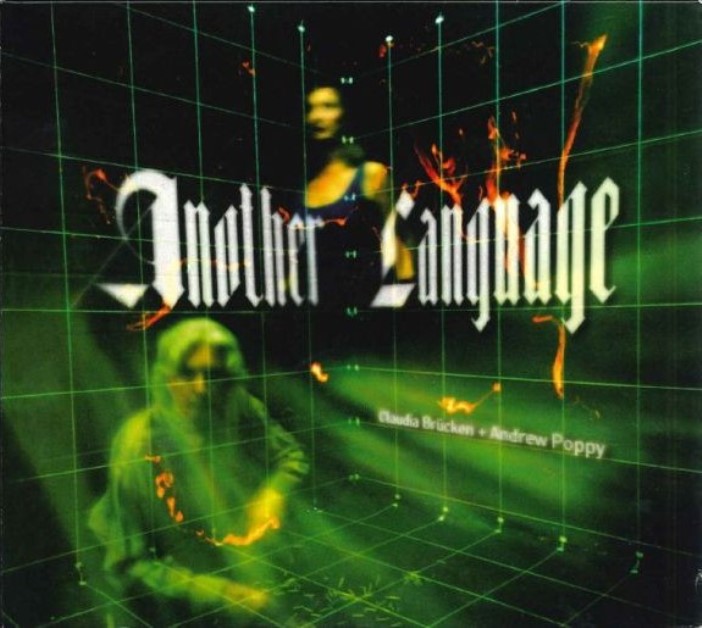
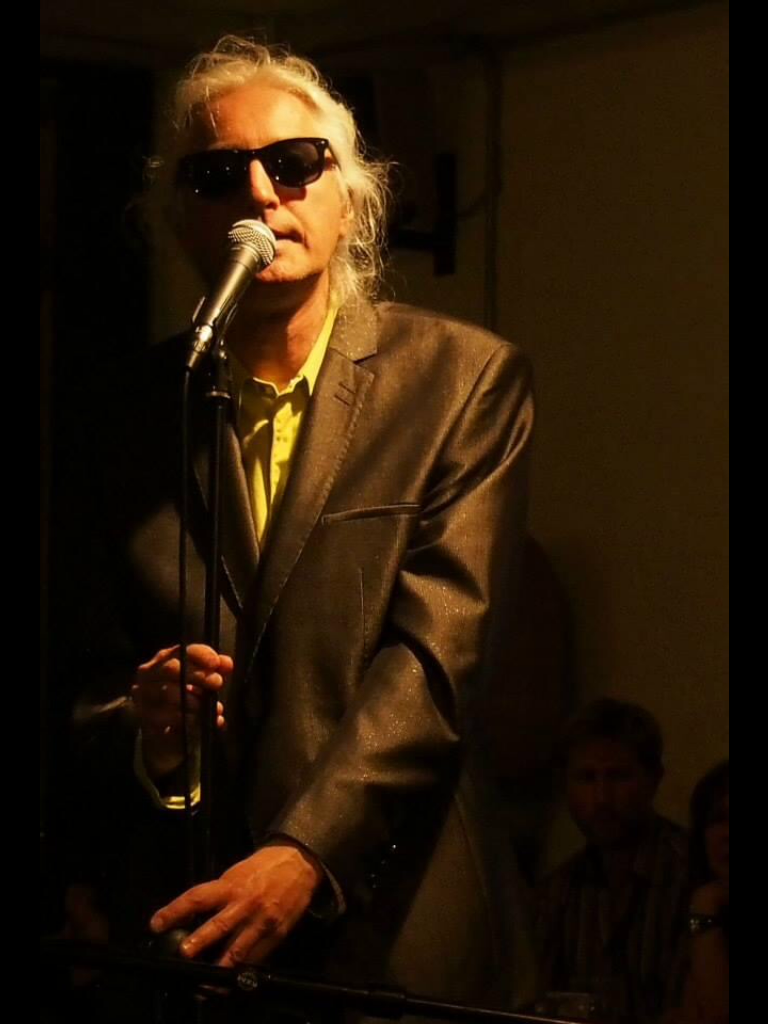
Follow Us!